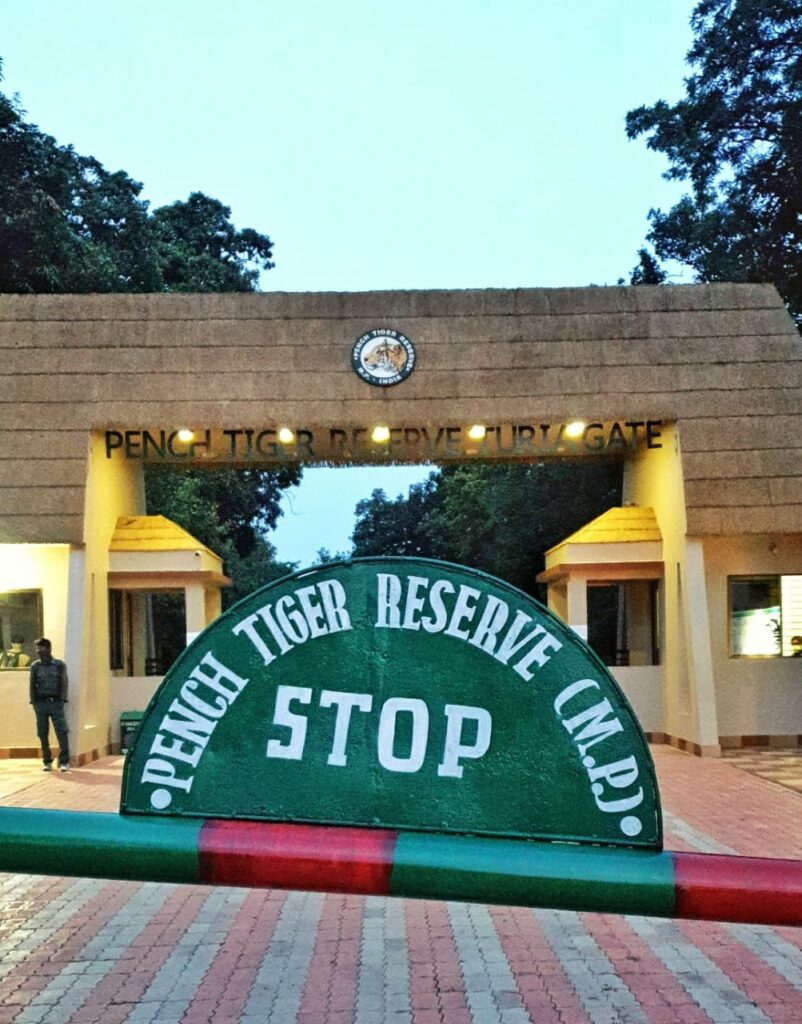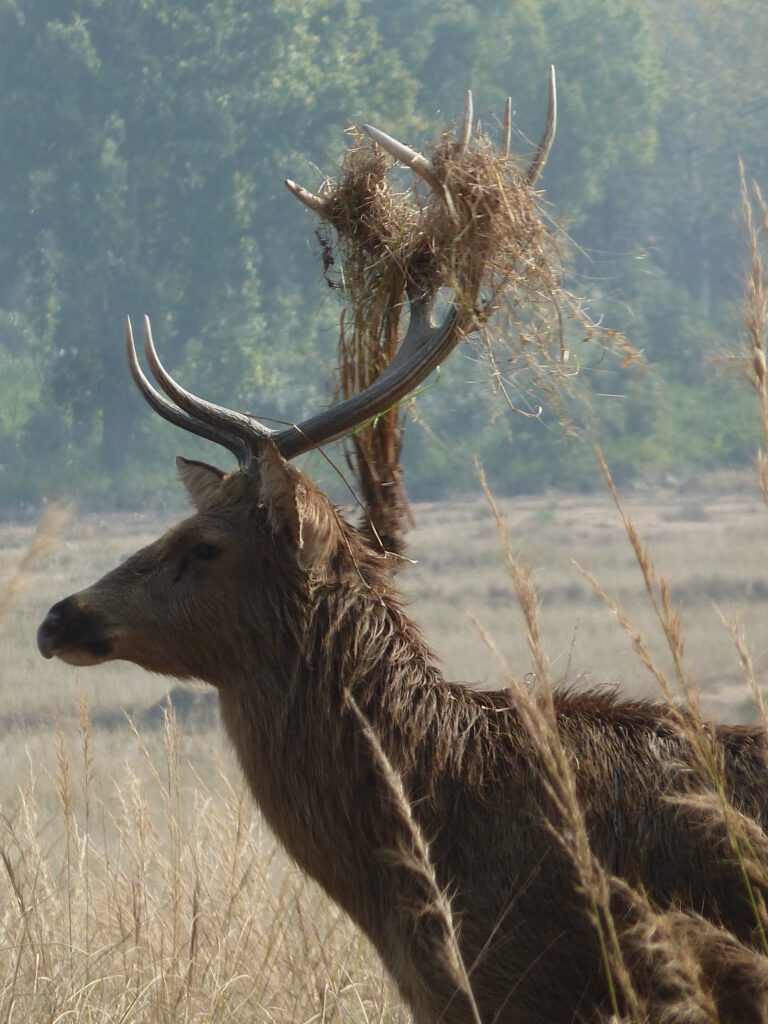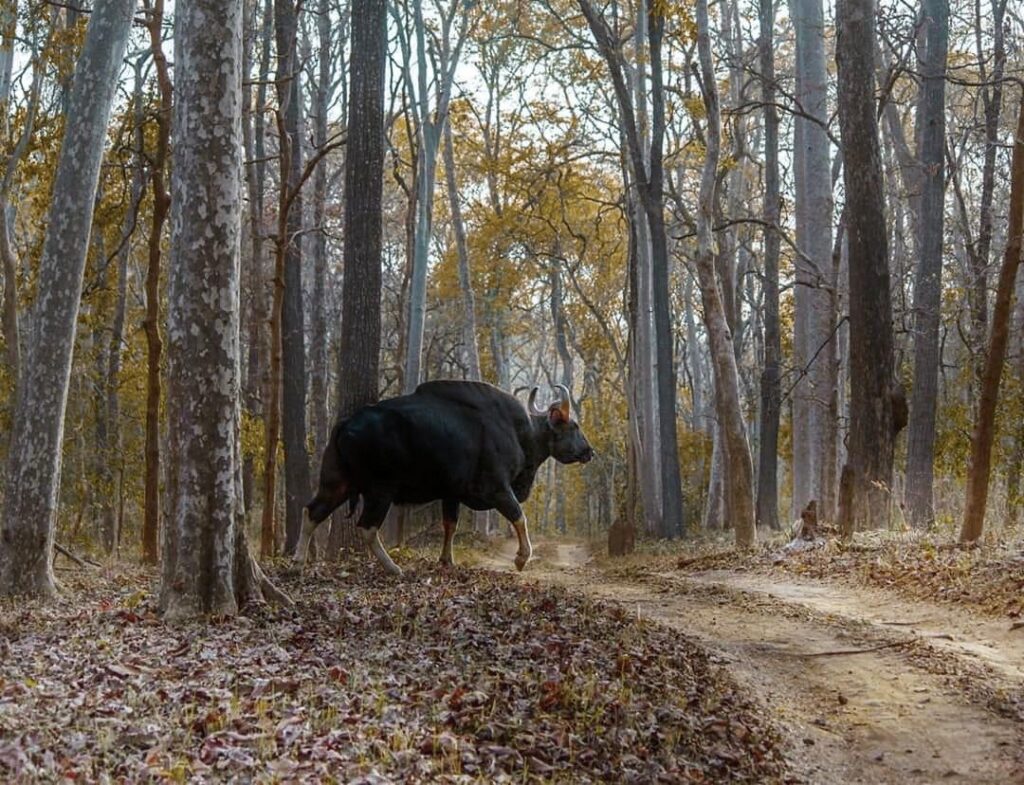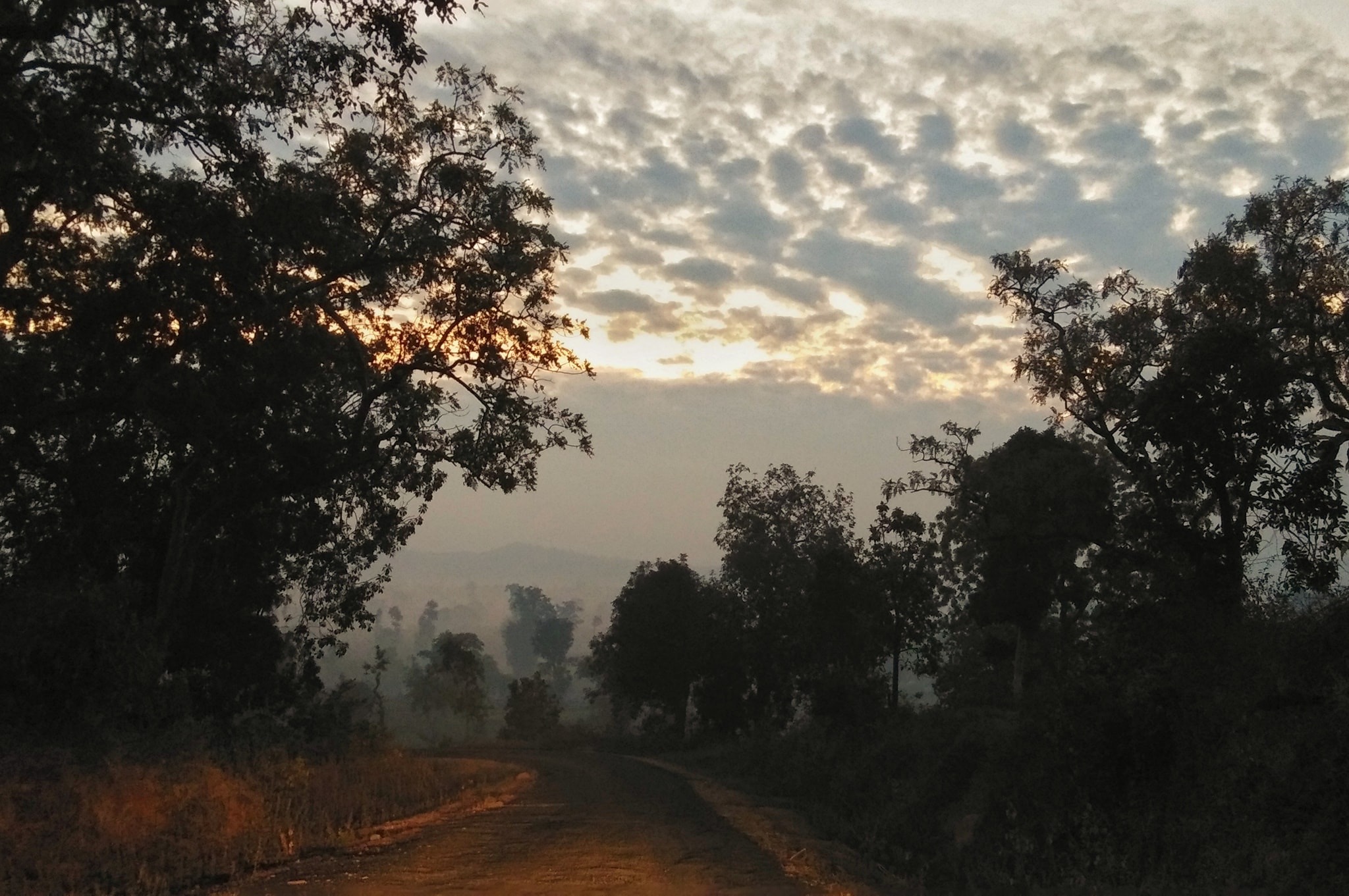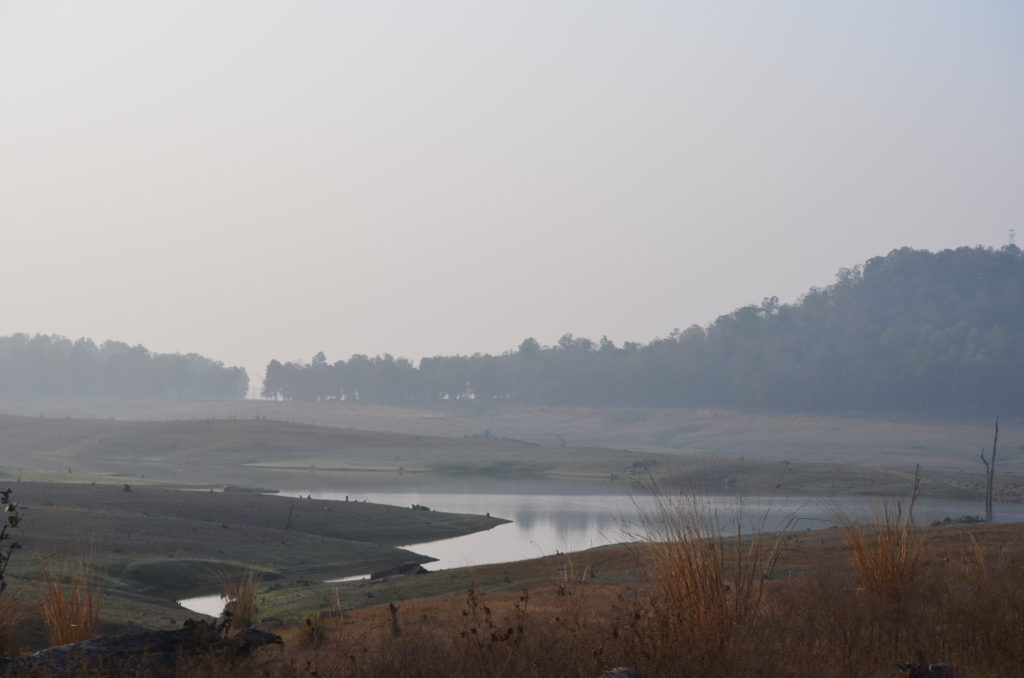While this may be a folklore made famous by the epic book, locals point out to a cave in the outskirts of Kanhiwada, a village that is specifically mentioned in the original tale.
After a 3 km drive from the village Kanhiwada, lies a small & desolate village named “Chhui”. A search reveals a forest department board that points towards “Amodagadh, the Karmasthali of the wolf-child Mowgli”. Twelve kilometres of rugged dirt track lie ahead.The track twists and turns amid fields, and ends up bumping into the forest corridor. As one moves ahead, a hillock surges amidst the amidst the forest. One gets instantly lost in what Kipling wrote in The Jungle Book. “A hilltop covered with stones and boulders where a hundred wolves could hide.
Just before us is the “Council Rock”, the meeting place of the wolf pack that adopted Mowgli. Glance down from the spot where Akela held court, the Wainganga seems to split the mountain in two. Smooth rocks — some the size of cars — engulf the ravine confined between two almost-vertical cliff walls. Look closely, and one can see why Sher Khan couldn’t escape the rampaging buffalo through which Mowgli escapes (in the book). This could be the gorge where it all ended. Could it also be the real wolf boy’s den? Local legend says so :- “That’s the spot where Mowgli was captured,” although officials term it as a mere hypothesis.
